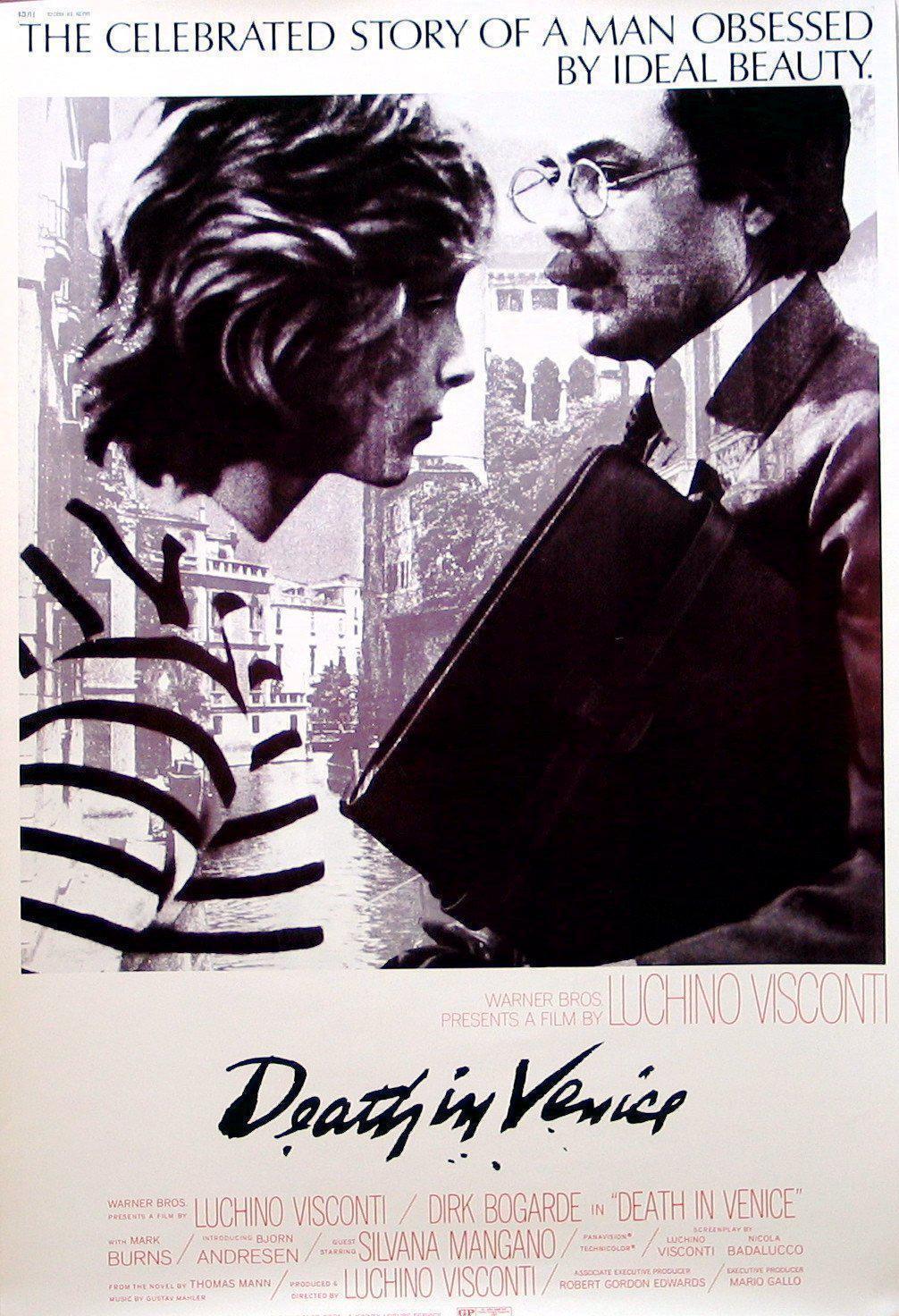
Posited on the beach, there is a symbolic, unmanned camera, ready to frame Tadzio in a snapshot. Aschenbach, appearing clown-like with his whitewash and greasepaint, silently observes Tadzio pointing at the sun, and he also reaches out, as if grasping for communion, and dies. During the final scene, we view the sea and sun, the promising horizon formed in the initial scene, but now glittering and hazy.


As we follow the boy, it is hard to tell if Tadzioâs glances, poses, and posturing are real or just Aschenbachâs fantasy. His realization is much too late, just as the population in Venice is dying from pestilence, and a way of life is dying at the turn of the century. Alienated from his artistic and spiritual impulses, he recognizes an idealized and pure beauty in the form of a pre-pubescent boy, which does nothing to create a more sympathetic character. On first appearance, Aschenbach is a man already in decline: His cultured facade doesnât mask an underlying vulgarity. Long shots, slow pans, and silence, only punctuated by Mahlerâs symphonies, create emotional distance.

This cinematic achievement is unmatched in its visual eloquence, but remains an emotionally unsatisfying experience. Like the sand in the hourglass, there is no stopping the passage of time.


 0 kommentar(er)
0 kommentar(er)
